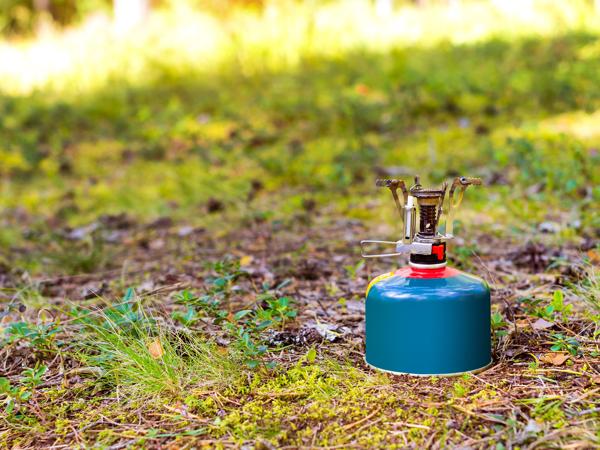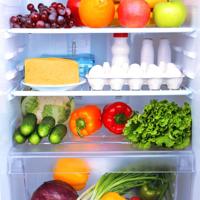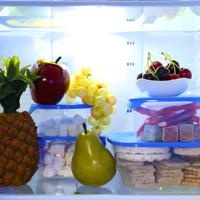In times of emergency, having reliable fuel for cooking is crucial. When power outages occur or access to modern cooking methods is disrupted, alternative fuel sources become invaluable. Here's a guide to storing fuel safely and efficiently, offering some helpful tips and considerations.
Understanding Different Fuel Types
Fuel can come in various forms, each with its pros and cons. Common fuel types for emergency cooking include:
Propane: Used with gas grills and camp stoves, propane is a popular choice for its ease of storage and use. It can be stored in tanks of various sizes, making it versatile.
Butane: Similar to propane, butane is often used in portable stoves and is ideal for short-term cooking needs.
Charcoal: Easily available and affordable, charcoal can be stored for long periods if kept dry.
Wood: A traditional option, wood requires proper storage to ensure it stays dry. This can be an accessible choice if you live in an area with available wood resources.
Alcohol: Methylated spirits or alcohol-based fuels are suitable for small stoves and can be a low-smoke option.
Storage Tips for Different Fuels
Propane
Tank Maintenance: Inspect tanks regularly for signs of rust or damage. A faulty tank can be hazardous.
Location: Store propane tanks outside, in a well-ventilated area, and away from direct sunlight and flammable materials.
Quantity: Consider stocking several small tanks rather than a few large ones for easier rotation and transport.
Butane
Canister Care: Check butane canisters for leaks and ensure the nozzle is secure.
Indoor Storage: Butane should be stored indoors, in a cool, dry location away from sunlight and moisture.
Rotation: Use older canisters first, as butane has a shorter shelf life than propane.
Charcoal
Dry Storage: Keep charcoal in a moisture-free environment. Consider using airtight containers or heavy-duty plastic bins.
Types: Lump charcoal tends to light faster than briquettes and might be a preferable choice for quick meals.
Backup: Keep a lighter fluid or fire starter handy in case charcoal doesn't ignite easily.
Wood
Seasoning: Store wood for at least six months to ensure it is well-seasoned and dry. Wet wood is inefficient and produces more smoke.
Shelter: Stack wood under a cover or tarp, keeping it off the ground to prevent moisture absorption.
Alternative Wood Options: Consider alternative wood products like wood pellets that are compact and have a longer shelf life.
Alcohol
Small Quantities: Store alcohol in its original containers, as these are designed to prevent leaks.
Protected Area: Keep away from flames and heat sources to minimize the risk of fire.
Backup Stoves: Having a simple alcohol stove can be a lightweight solution for emergencies.
Safety First
Regardless of the type of fuel you choose, safety remains a top priority:
Ventilation: Ensure proper ventilation when burning any fuel to prevent carbon monoxide buildup.
Fire Extinguisher: Have a fire extinguisher nearby and know how to use it.
Labeling: Clearly label all fuel containers to avoid confusion and potential mishandling.
Conclusion
Storing cooking fuel effectively is a crucial aspect of emergency preparedness. By understanding the properties of each fuel type and implementing safe storage practices, you can ensure that you have a reliable cooking option when needed.
Remember, the goal is not just to store fuel but to do so safely and efficiently. It might take some initial planning and effort, but well-organized fuel storage can provide peace of mind and sustenance during uncertain times.
For further reading and detailed safety guidelines, refer to sources such as Ready.gov and contact local fire departments or regulatory bodies for region-specific advice.
Feel free to leave any thoughts or additional tips you might have in the comments; we're all learning together in the quest for preparedness.




